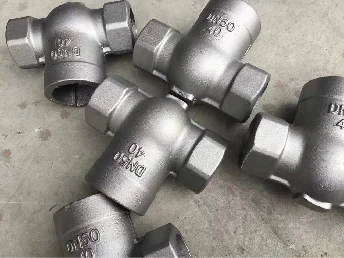

Quality control is another critical facet in metal casting sand usage. The sand's grain size, angularity, and moisture content are meticulously calibrated to ensure the resultant mold supports the desired metal flow and minimizes defects. Advanced techniques in sand testing and analysis, often augmented by AI technology, offer sophisticated insights that drive efficiency and quality improvements in the casting process. Investing in the right metal casting sand yields substantial returns in terms of product integrity and cost-effectiveness. However, trustworthiness and machine tool longevity hinge upon the synergy between casting experts and material scientists. The collaboration ensures continual advancements in sand formulation and application techniques, harmonizing time-honored casting traditions with cutting-edge technological innovation. In an era where precision and sustainability remain top priorities, informed decisions regarding the selection of casting sand extend beyond immediate cost-efficiency metrics. They encompass long-term operational viability and environmental considerations. Metal casting practitioners, enriched with practical experience and academic expertise, continue to steer the industry forward, innovating sand systems that reconcile traditional operational objectives with modern, sustainable production practices. To uphold trust, factual collection, and collaborative research underscore the dynamic advancement of metal casting sand methods. By sharing accumulated knowledge and experiences, industry veterans foster a culture where practical wisdom meets scientific inquiry, enhancing the capability to adapt and overcome contemporary manufacturing challenges efficiently. Post time:ጥር . 26, 2025 08:09
Next:Ceramcast sand ball shape for sand casting
